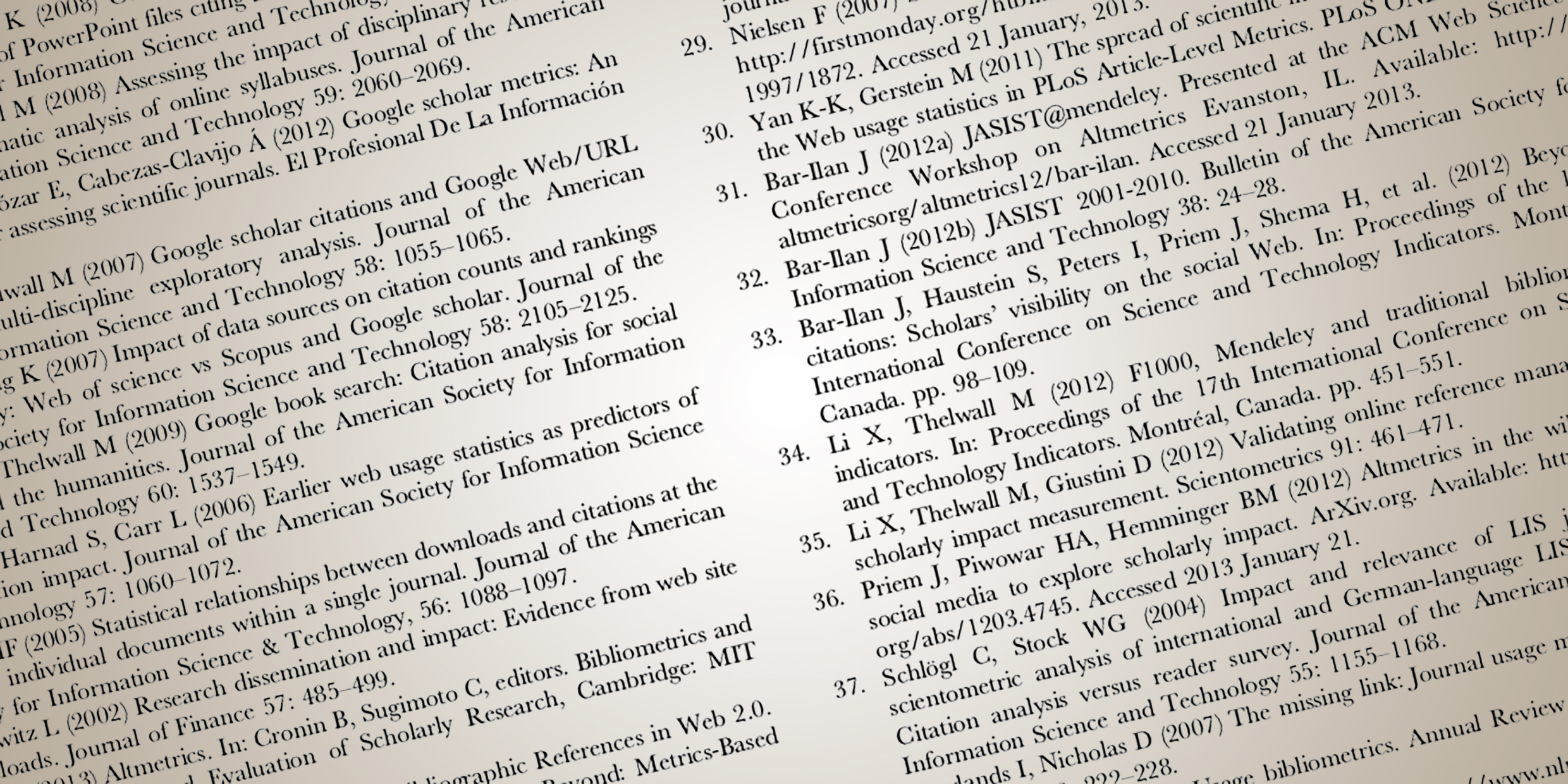Originally published 5 July 1993
We are a nation of snackers.
We take our sustenance, physical and mental, in bite-sized bits. We crave instant gratification.
Our meals are dispensed from vending machines in single-serving portions or from fast-food emporiums. Our relationships last about as long as a good meal used to. We refuse to read anything longer than a paragraph. We take our TV news in 30-second factoids. USA Today is our national newspaper. VOX POP.
And we love lists. Top tens. The 25 Sexiest People in America. What’s HOT, what’s NOT. In and out. Who’s who.
Our attention span is brief, about as long as the average television commercial. We can only watch a 90-minute movie if it’s non-stop action. We allowed President Clinton 100 days to change the world, before we turned thumbs down in the polls. 100 days! That’s a lifetime.
Now the same Quik-Fix, eat-and-run spirit is infiltrating science. The last great bastion of selfless, patient communal enterprise is being Warholized. Heroes are replaced by media superstars. Admired researchers become glitterati. Lab is pitted against lab, country against country, in a who’s-on-top-for-the-moment sweepstakes.
The immediate purveyor of all of this is Science Watch, an eight-page newsletter published ten times yearly by the Institute for Scientific Information (ISI) in Philadelphia. Science Watch is here to tell us what in the vast international enterprise called science is hip, hot, where it’s at.
ISI is a profit-making organization founded by Eugene Garfield, a man who saw a need and filled it. Basically, ISI is a vast data bank, compiling information — authors, subjects, citations (references to previous papers), and so on — for more than 600,000 scientific articles per year, culled from more than 3,000 scientific journals worldwide.
The key word in the preceding paragraph is “citations.”
It is a rule in science that every paper cites by footnote[1] all previously published work that bears immediately upon the subject. The citation rule insures that new research is firmly anchored in the network of knowledge that is science. It is the interconnectedness of science that gives us confidence in the validity of scientific knowledge.
ISI assumes that the number of times a paper is cited is a measure of that paper’s worth, perhaps not an infallible measure but the best there is to be had. An uncited paper is assumed to have made very little contribution to knowledge, since it leads nowhere. A paper cited by many authors is assumed to be the kind of incipient work from which much new knowledge springs.
With the appropriate stroking, a computer can be made to spit out any sort of list from the data base. The Big Ten areas of research. The Hot Topics in biology. The 25 Most Prestigious research institutions. The 50 Most Prolific scientists.
Just look at those juicy headlines in Science Watch: “Asthma Agonist, Quark Quest Excite Insights, Incite Cites.” Is this more than we wanted to know about science? Have the folks in Philly finally figured how to turn science into pop culture?
Whatever you want to know about science, the data base has the answers. And poses nifty new questions.
Britain publishes almost twice as many scientific papers as France, although the two nations have the same population. The mean numbers of citations for British and French papers is nearly the same. Which nation is profound and which is merely prolific?
Tiny Switzerland has a mean citation rate significantly greater than Britain or France. Who gets the biggest bang for their research bucks?
Yury Struchkov, a chemist at the Institute for Organoelemental Chemistry in Moscow averaged a paper every 3.9 days between 1981 and 1990, making him the most prolific scientific author in the world. Clearly, Struchkov has lots of people working for him. What constitutes legitimate authorship in science?
Joachim Messing, a molecular biologist at Rutgers University published only 35 papers during the same period, but garnered 18,229 citations, making him the most cited author in the world. Does that make him the world’s best scientist?
Watson and Crick’s historic 1953 paper on the structure of DNA was cited 1,089 times during the period 1955 – 1985. The 1951 paper by Lowry, Rosebrough, Farr, and Randall on protein measurement with the Folin phenol reagent was cited 102,134 times during the same period. Lowry, Rosebrough, Farr, and Randall who?
During the period 1989 – 90, the cold fusion paper of Fleischman and Pons regularly showed up in Science Watch’s ranking of the 10 hottest papers in physics. Is cold fusion hot science?
And so on.
Academic departments will increasingly use citation analysis as a basis for granting promotion and tenure. Research superstars will glitter, and those left out will grumble.
Government agencies will increasingly use citation analysis for funding decisions. The rich will get rich and the poor poorer.
As the citation sweepstakes heats up one can expect more self-citation, citation of friends, publishing papers piecemeal, cloning of papers, republishing in foreign language journals, and other dubious designs to inflate the statistics.
It was inevitable. Science Watch has tapped into an irresistible national trend. Scientists are not immune to snack culture. They love lists, especially if they are on them. Like the rest of us, they hunger for their 15 minutes of fame.
[1]: C. Raymo, “Pruning the Tree of Science,” Boston Globe, Jan. 21, 1991.



